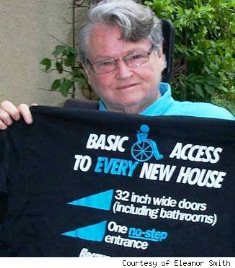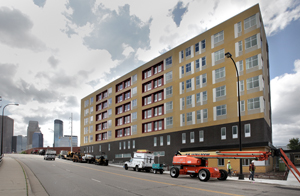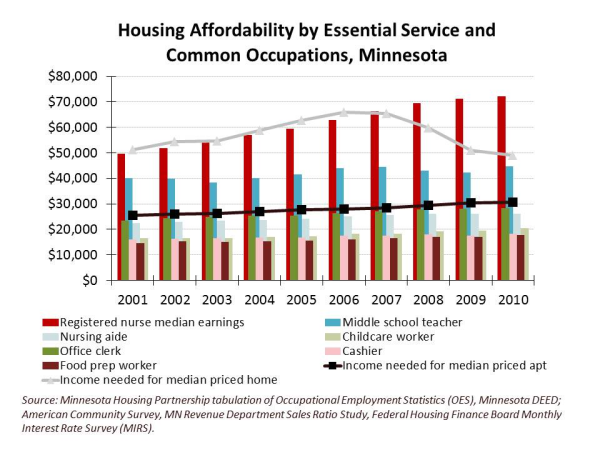Creative solutions emerge for affordable housing
“Housing is the answer.” said Tracy Berglund, director of housing and emergency services for Catholic Charities. She said this in response to...
1 min read
Laura Grevas : 5:58 PM on May 18, 2012

 This week in the news we see several stories highlighting the different challenges individuals face in obtaining safe and stable housing. And we see that the solutions are not one size fits all. Building communities where everyone can afford to live requires us to understand the unique situations faced by different populations:
This week in the news we see several stories highlighting the different challenges individuals face in obtaining safe and stable housing. And we see that the solutions are not one size fits all. Building communities where everyone can afford to live requires us to understand the unique situations faced by different populations:
If you liked these articles, visit our Housing Matters! interactive online housing education resource center, and see our Housing News section for more articles.
Solutions will only happen if we bring enough attention to this issue. Please share this post and help create dialog about housing solutions.
Shari Hemmingsen, Housing Matters! Intern, and Jill Kilibarda, Education and Civic Engagement Program Manager, Twin Cities Habitat for Humanity
Housing Matters! is a community education program of Twin Cities Habitat for Humanity.
To achieve Habitat’s vision that everyone should have a decent affordable place to live, we need to create more awareness and understanding of housing issues in our community. To that end, our blog posts seek to share news stories that highlight unique perspectives and creative solutions. The articles posted are intended to create conversation and inspire creative action, and do not necessarily imply support from Twin Cities Habitat for Humanity.
Your gift unlocks bright futures! Donate now to create, preserve, and promote affordable homeownership in the Twin Cities.

“Housing is the answer.” said Tracy Berglund, director of housing and emergency services for Catholic Charities. She said this in response to...
.png)
Affordable housing advocates saw a huge win this legislative session, securing $37.5 million for affordable housing in the bonding bill. However,...

Last week, we wrote about the affordability of rental housing and the fact that we’ve all seen property values drop in recent years, but...